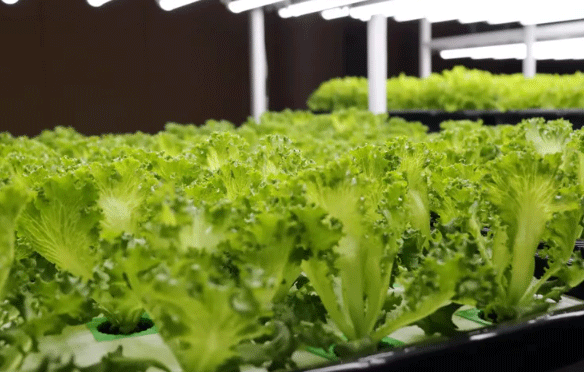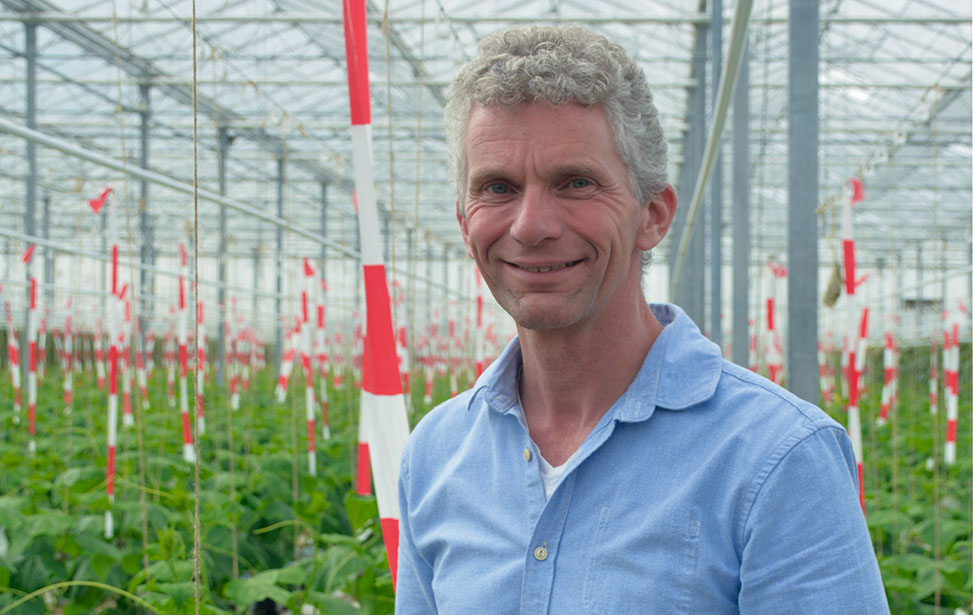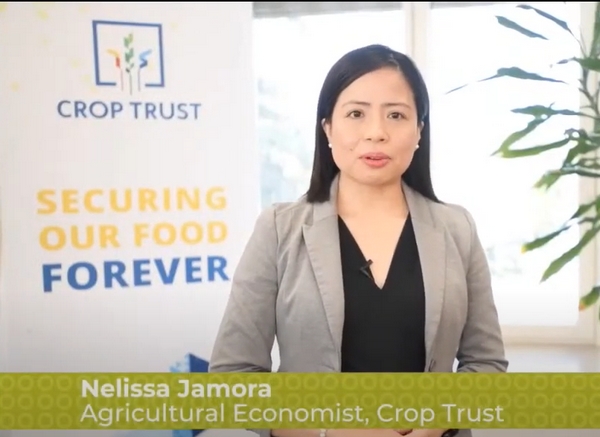Hydroponic gardening is transforming agriculture by enabling growers to cultivate fresh produce year-round in limited spaces and challenging environments. By replacing soil with a nutrient-rich water solution, hydroponics allows for faster growth rates and higher yields. Here’s how you can successfully start and manage a hydroponic garden tailored to your goals.
1. Choose Food-Grade Materials
When setting up a hydroponic system, it’s crucial to use food-safe materials to ensure the health of your plants and, ultimately, your harvest.
- High-Density Polyethylene (HDPE): Durable and resistant to chemicals, HDPE is ideal for reservoirs and containers.
- Low-Density Polyethylene (LDPE): Flexible and food-safe, LDPE is a great choice for tubing and smaller containers.
Using these materials minimizes the risk of harmful chemicals leaching into your plants.
2. Select the Right System
The type of hydroponic system you choose should align with your space, crops, and maintenance capacity.
- Deep Water Culture (DWC): Simplistic and beginner-friendly, this system is perfect for growing leafy greens and herbs.
- Nutrient Film Technique (NFT): A continuous flow of nutrient solution makes it effective for smaller plants, though it requires careful balancing.
- Ebb and Flow (Flood and Drain): Ideal for a wider variety of plants, this system demands precise control over flooding and draining cycles.
3. Ensure Proper Ventilation
Good airflow prevents mold and strengthens plants. Use oscillating fans in indoor setups or rely on natural breezes in outdoor systems. Ventilation also helps regulate temperature and humidity, which are critical for plant growth.
4. Use Organic Nutrients
Nutrient solutions are the lifeblood of hydroponic gardening. Opt for organic liquid nutrients containing essential macronutrients (nitrogen, phosphorus, potassium) and micronutrients (iron, magnesium). Over-fertilizing can harm your plants, so follow application instructions carefully.
5. Invest in Grow Lights
Without soil and natural sunlight, plants depend on full-spectrum LED grow lights for photosynthesis. Position lights 6–12 inches above seedlings and adjust as they grow. Supplemental lighting may also be necessary for outdoor systems during cloudy periods.
6. Monitor and Maintain the Reservoir
The nutrient reservoir requires frequent monitoring to keep plants healthy:
- pH Levels: Maintain a pH of 5.5–6.5 for optimal nutrient absorption.
- Total Dissolved Solids (TDS): Regularly check nutrient concentrations to avoid deficiencies or excesses.
Automation tools can simplify reservoir maintenance, sending alerts for adjustments when needed.
7. Regulate Temperature
Hydroponic plants thrive in consistent temperatures between 65–75°F. Use space heaters in cold climates or fans during heat waves to maintain stable conditions. A greenhouse can provide an ideal environment for year-round growth.
8. Perform Routine Maintenance
Regular upkeep ensures the health and longevity of your hydroponic system. Weekly tasks include:
- Checking and adjusting pH and TDS levels.
- Replenishing water and nutrients.
- Cleaning reservoirs and removing algae buildup every 1–2 weeks.
Starting a hydroponic garden can seem daunting, but with the right materials, system, and care, it becomes an efficient and rewarding way to grow fresh produce year-round. By maintaining optimal conditions and performing routine maintenance, you can enjoy a continuous supply of herbs, greens, and more, while reducing water use and maximizing space efficiency. Whether you’re a small-scale grower or an agricultural engineer planning large-scale operations, hydroponics is a future-forward approach to sustainable farming.












